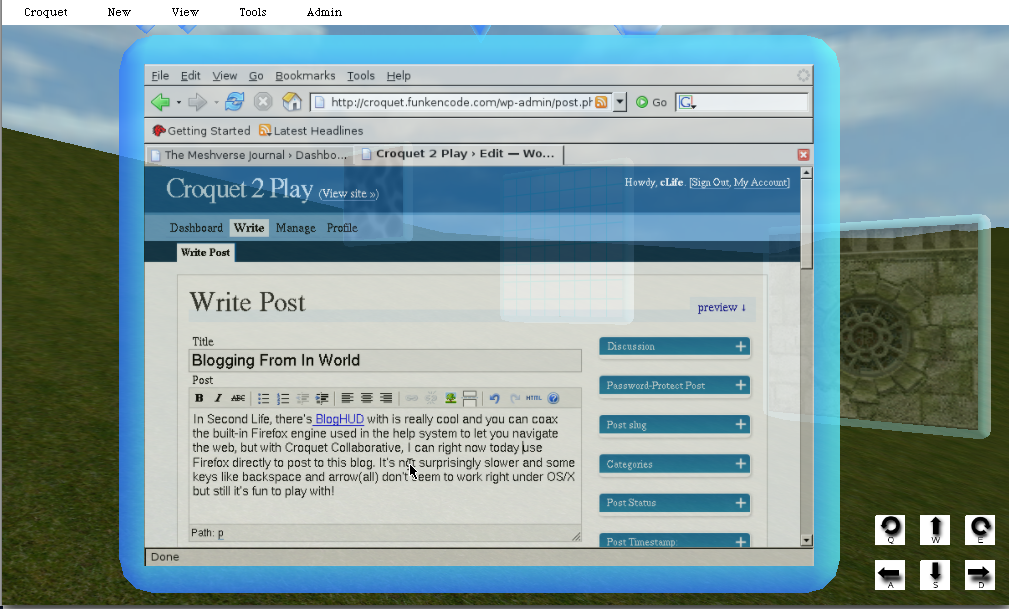Getting virtual worlds away from a computer screen and into a physical classroom space doesn’t have to be hard. These Greenbush Labs guys are using a commercial computer/whiteboard link to run open source software based on the KAT. How cool is that?
Check out their other projects and the related stuff on YouTube. What a great way to get the word out. (See also.)




